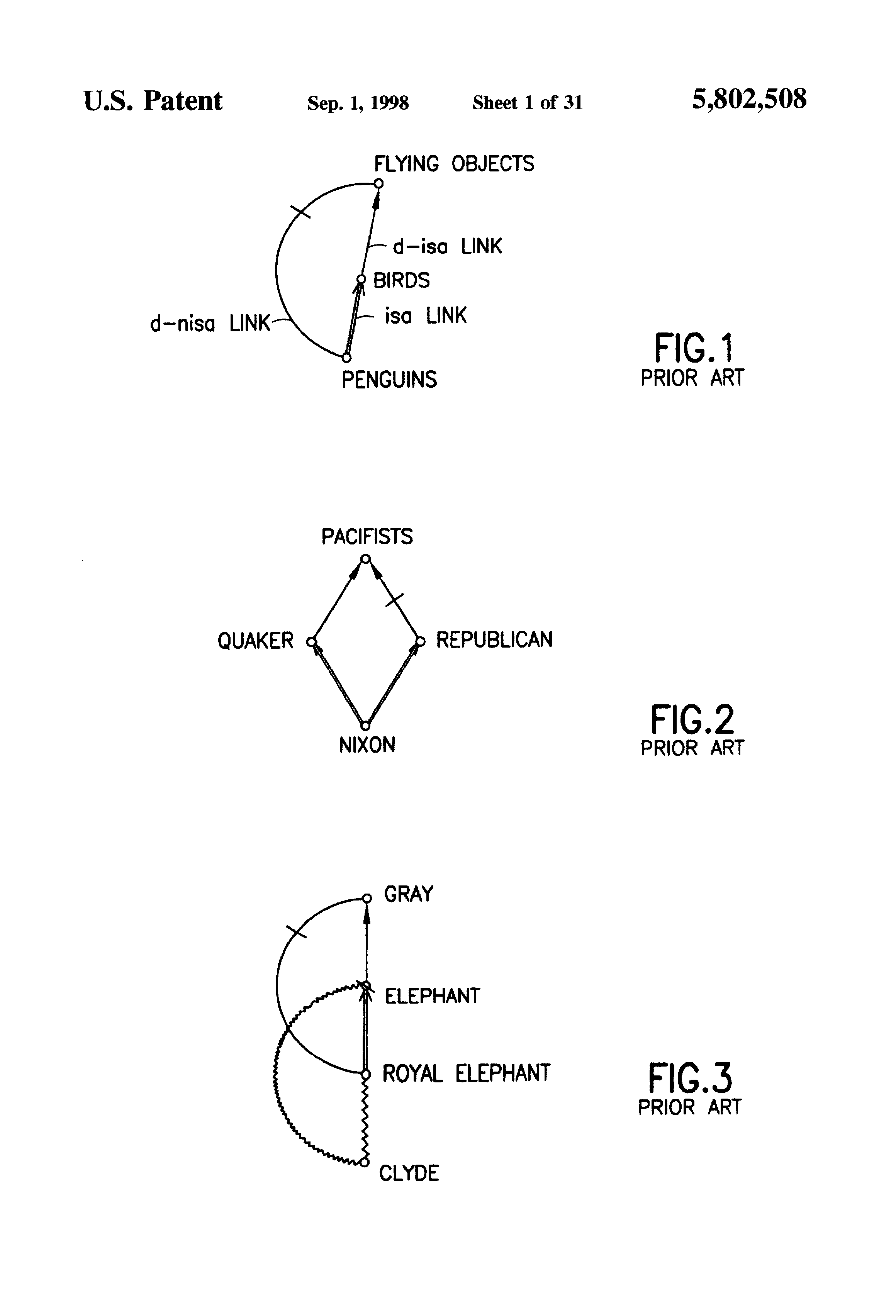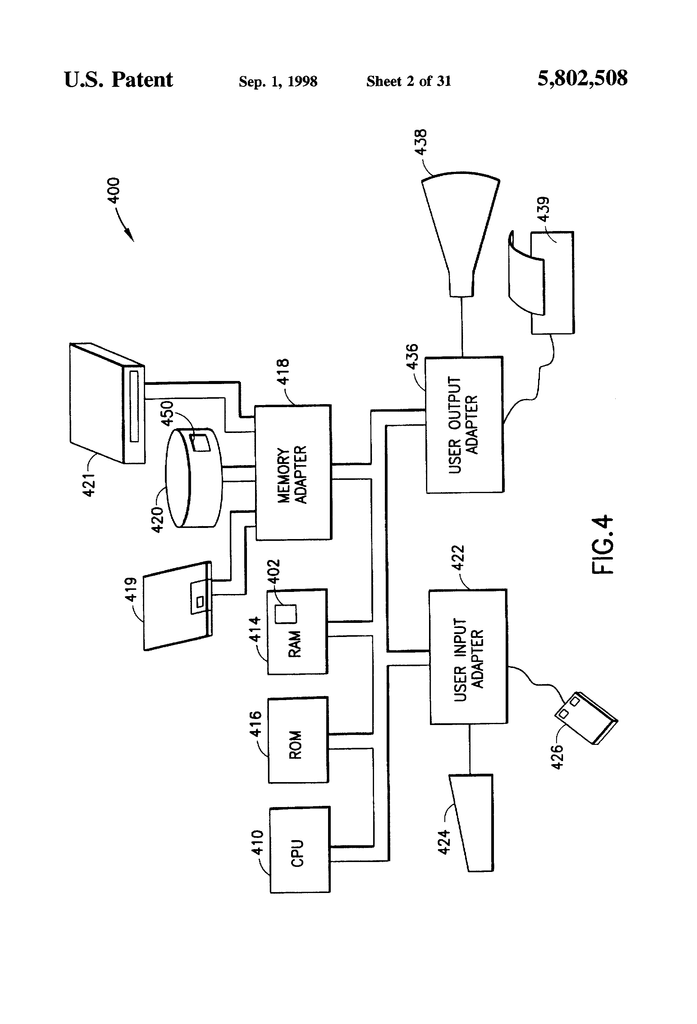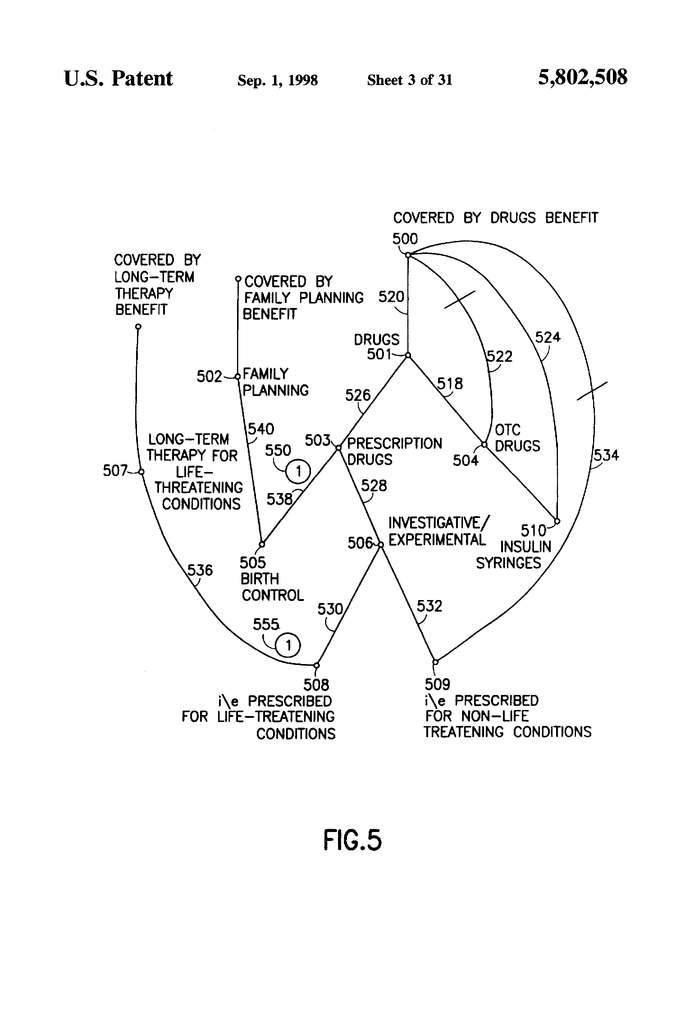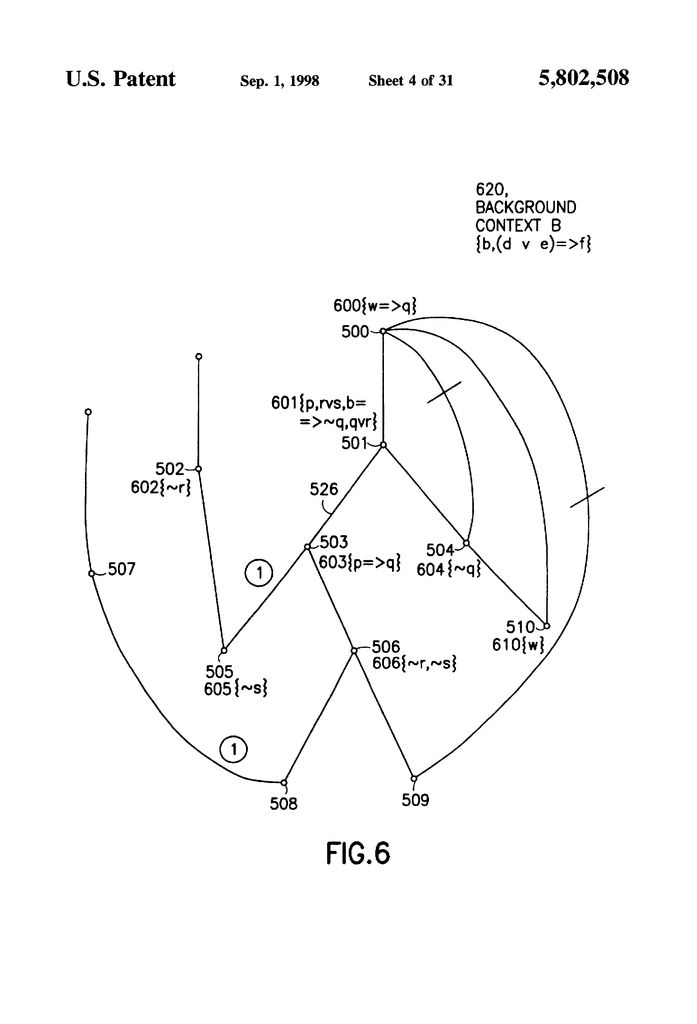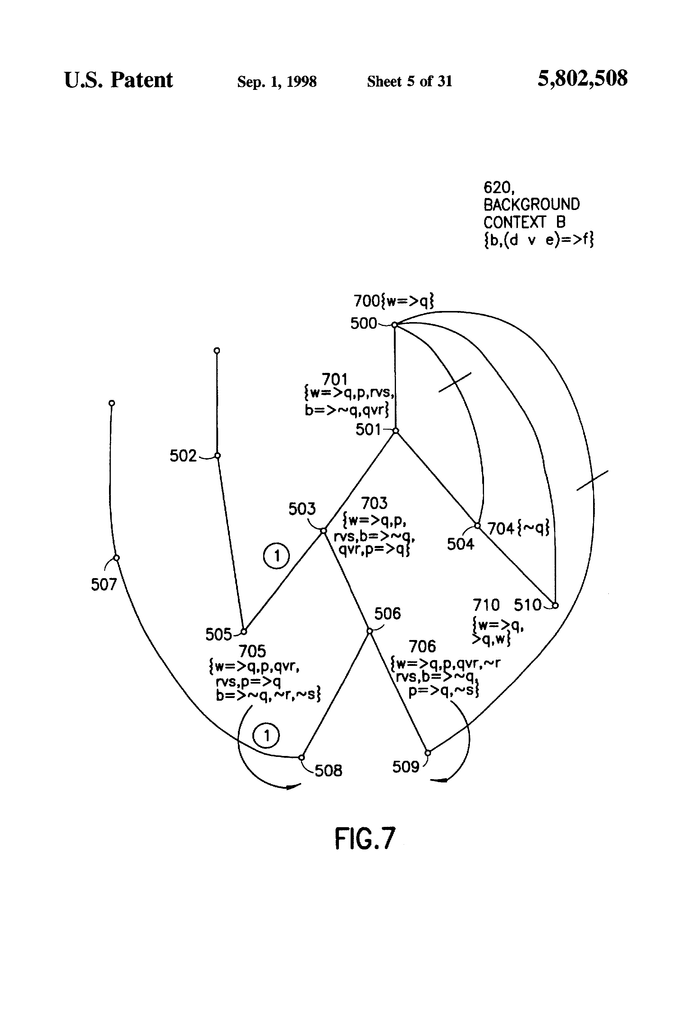Invented by Leora Morgenstern, International Business Machines Corp
The market for reasoning rules in a multiple inheritance semantic network with exceptions is growing rapidly, as more and more organizations realize the benefits of using these networks to manage complex data sets. These networks are particularly useful in fields such as healthcare, finance, and manufacturing, where there are many complex relationships between different types of data.
One of the key advantages of using a multiple inheritance semantic network with exceptions is that it allows for more flexible and nuanced relationships between objects and concepts. For example, in a healthcare setting, a patient may have multiple conditions that are related to each other in complex ways. By using a semantic network with reasoning rules, healthcare providers can more easily identify these relationships and develop more effective treatment plans.
Another advantage of using reasoning rules in a semantic network is that it helps to ensure consistency and accuracy in the data. In a complex network with many different types of data, it can be difficult to ensure that all of the relationships are accurate and up-to-date. By using reasoning rules, organizations can automate the process of checking for inconsistencies and errors, which can save time and reduce the risk of errors.
The market for reasoning rules in a multiple inheritance semantic network with exceptions is expected to continue growing in the coming years, as more organizations adopt these networks to manage their data. As the technology continues to evolve, we can expect to see even more sophisticated reasoning rules that can handle increasingly complex relationships between objects and concepts.
Overall, the market for reasoning rules in a multiple inheritance semantic network with exceptions is an exciting and rapidly growing field. As organizations continue to adopt these networks to manage their data, we can expect to see significant advances in the technology and the development of new and innovative applications.
The International Business Machines Corp invention works as follows
A new data structure describes a network of inheritance with exceptions. It also includes rules that are attached to the nodes, as well as a context for rules and information and an option of prioritizing links within the network. The structure of the network is exploited to determine which rules are applicable to the classes (nodes). This process takes advantage of specificity, path prioritization and the generality of the rules.
Background for Reasoning Rules in a Multiple Inheritance Semantic Network with Exceptions
A semantic networks is a structure that represents information in a specific domain. Semantic networks encode information on a business or a medical field, as well as simple commonsense. Semantic network are used to encode information about objects and their relationships. A semantic network could be used to represent information on drug classes and their properties, such as side effects, indications, and contraindications.
Nodes and links are the basic building blocks for a semantic web. Nodes are typically objects or sets of objects. A node within a semantic database of information about prescription medications could, for example, represent the entire class of analgesics. Objects that a node represents can sometimes be thought of in a more abstract way. In the drug example, for example, a drug node could represent a price (or a set of prices), such as $20, or all prices below $20. These abstract concepts are often referred to as “properties, attributes” or even “abstract concepts”.
A link is a connection between two nodes. A link can theoretically be used to connect more than two links; in hypernetworks, this is called a hyperlink. We do not discuss hyperlinks. A link can represent any binary relationship. In the above example, for example, a link could be specified to represent an “indications” relation between the node representing ibuprofen, and the node representing a set of symptoms such as fever, pain, and swelling.
Of special interest are the two links that are usually called isa and inst. The isa links connect nodes A to B when the class of objects A represents is subset of what B represents. If, for example, node A represents all non-steroidal drugs that reduce fever and node B represents all drugs that reduce fever, then A isa (all nonsteroidal drugs decrease fever to a certain extent). The inst links nodes A to B if A represents an object that is part of the set that B represents. A is an instance B \”)., for example. In standard set theories, isa can also be called the subset relationship, OR right. In standard set theory, inst is also known as the member relationship.
Taxonomic hierarchy is described by the use of “the isa and inst link”. Taxonomic hierarchy is a common concept in the animal and plant kingdoms. However, there are other examples that can be found in daily life. Taxonomic hierarchies can be easily viewed in the drug domain. For example, different brands of ibuprofen are grouped together as a non-steroidal class of anti-inflammatory drugs, which is a subclass for analgesics. Taxonomic hierarchy allows for multiple superclasses in most classes. Superclasses for NSAIDS include both analgesics (analgesics) and fever-reducing drugs, or antipyretics. Some purists use the term hierarchy only for structures that don’t allow multiple superclasses. However, this disclosure follows standard usage by allowing the terms hierarchy and taxionomy to be used to refer to structures which allow multiple superclasses.
As we have seen, nodes can be viewed as attributes. Imagine that node A represents all elephants, and node B represents all large things. The isa link between node A and node B shows that the class for all elephants is subclassed by the class for all large things. This is better expressed in a natural language, such as English, as “all elephants are big”. This means that elephants are large.
Inheritance Hierarchies
One defines simple inheritance hierarchy as a semantic system with the following characteristic: All links are either isa or inst links.
Taxononies are arranged according to subtypes, supertypes, and common features.
If one views an inheritance hierarchy in terms of a directed acyclic diagram (DAG), in most inheritance hierarchies if there’s an inst between A and B then A is a DAG leaf.
A is the parent of B, if B has an inst or isa link to A.
Ancestor” is defined as follows:
A is the ancestor of A if B is its parent;
A is the ancestor B if C is such a node that A is the ancestor C and C is B’s parent.
A has no ancestors if it is a root.
One can say A->B when there is a link or inst between A and B. Now we can elaborate on the concept of a pathway in an inheritance hierarchy. If one of the conditions below is true, then there exists a path from A to B (written as A —>B).
(i) B->A (there is a link or an inst between A and B).
(iii) There’s a node X that is such that A —>X, and X->B
The question that is of interest when examining an inheritance hierarchy, then, is this: Is there any path between the two nodes (X and Y)? This is the same as asking if X belongs to Y. (Or if X was an element in Y if the first node in the path was an inst link rather than an ISA link.) This is equivalent to asking if members of X share a certain property Y. Consider nodes A and B where A represents the class all ibuprofen medication; B represents the class all NSAIDs and C represents the class all analgesics. (i.e. let C represent being an analgesic). Then, the question: Is there a pathway between A and B translates directly to the question: Is ibuprofen a analgesic. In an inheritance network, the focus is on determining if there is a pathway between two nodes and, therefore, whether a class has certain properties.
In many business and everyday applications, an inheritance hierarchy with exemptions (IHE), a variation of the inheritance network is extremely useful. In the literature, two types of inheritance hierarchy with exceptions are discussed; classic IHEs in which all connections are defeasible in the following sense, and hybrid IHEs in which any link can be considered defeasible. The majority of the following will discuss classic IHEs without losing generality.
Inheritance Hierarchies with Exceptions
Click here to view the patent on Google Patents.
